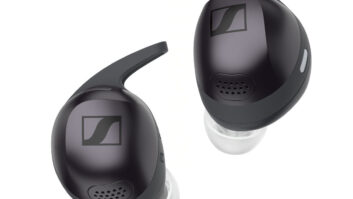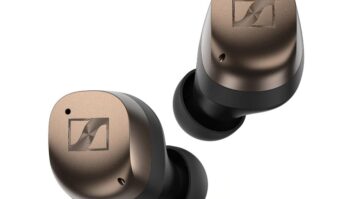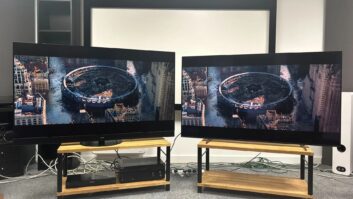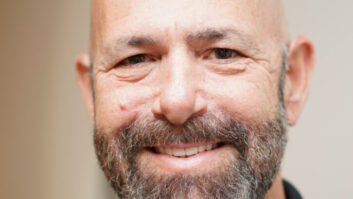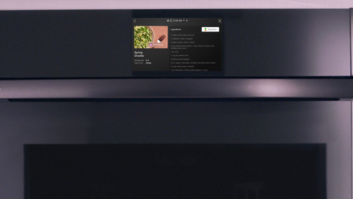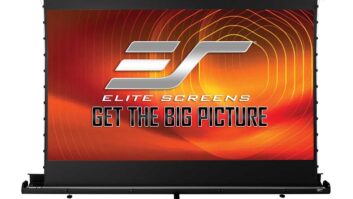NEW YORK –
This summer’s telecasts of the Olympics
from London mark “the end of the beginning”
of Panasonic’s drive to generate mainstream acceptance
of 3DTV home entertainment.
That was the pronouncement of Panasonic’s
chief technology officer Eisuke Tsuyuzaki speaking
to the press last week during a screening of NBC’s
3D telecast of the game’s
events Tuesday, presented
on a Panasonic 65-inch
FullHD 3D plasma set here.
So far, he said, 3DTV
sales numbers have been respectable
if not spectacular.
Despite “the blood bath”
in the television business
of the last two years, 2012
numbers appear to be
improving, according to
Tsuyuzaki, quoting industry
sales reports. Sales of 3Dready
TVs in the U.S. are
expected to reach the cumulative 7 million unit mark
by December 2012, compared with 500,000 units
of HDTVs sold after five years, he said.
Regarding the active- vs. passive-glasses debate,
he said that sales are expected to run 80 percent
active compared with 20 percent passive by the
end of this year, and consumers shouldn’t hold off
purchases as they hear about future technologies
such as OLED, 4K and glasses-free 3D, unless they
are prepared to wait a very long time. He said all
of those promised technologies are likely to be very
expensive for a number of years after they arrive and
will each exhibit its own growing pains in a quest for
mass market acceptance.
Closing the book on “chapter one” of the 3DTV
rollout, Tsuyuzaki said he is leaving much of the work
ahead to content producers and other companies
standing on the sidelines.
He explained that Panasonic opted to sponsor the
3D production of the Olympic Games because it
has become a company tradition in the launch of an
important new TV format.
“Every time that we bring a technology to the
Olympics, it’s getting one step closer to prime time
and one step closer to mainstream,” Tsuyuzaki said.
“So, since we were a [longtime] Olympics A/V sponsor,
it was an added incentive for us to figure out
how to do it” in 3D.
In taking an early leadership position in the mainstream
market for 3D, Tsuyuzaki acknowledged that
efforts were made to make 3DTV channels a 24/7
staple with some multichannel video providers, but
support was not always consistent. Instead, the
technology officer said,
he sees 3DTV as largely
“event driven” today, underscoring
the importance
of Panasonic’s involvement
as a key Olympics sponsor
and broadcast technology
enabler.
Similarly large 3DTV
events have included major
golf and tennis tournaments
and Major League
Baseball’s All-Star Game,
he said, adding that 3DTV
interest revolves around
movies and sports.
Discussions have also taken place for future productions
of NFL games, he said, but nothing definitive
is ready to be announced, as well as getting a
scripted 3DTV program on the air.
The 3D Olympic Games coverage is being produced
using three production trucks and 30 3D
ENG cameras, much of it Panasonic equipment.
Although it was still too early to break out ratings
results for the 3D Olympics coverage, Rob Simmelkjaer,
NBC sports ventures and international senior
VP, said, “We think this is something that when
people have a chance to experience this event in this
format, it is going to help grow the format. This is
the absolute perfect crucible through which to experience
this technology … We think this could be
a turning point, but obliviously, we’re waiting along
with everyone else to see where the technology
goes and where consumer interest goes.”
Now, as the 3DTV rollout begins its second chapter,
Tsuyuzaki suggested that he and Panasonic may
not be leading the effort quite as aggressively as before,
hinting that they would like to see others step
up to the plate, particularly from those in the content
community.





